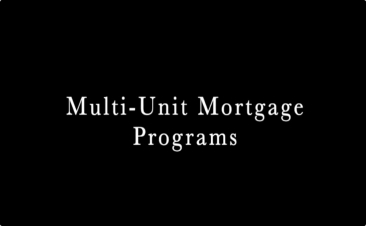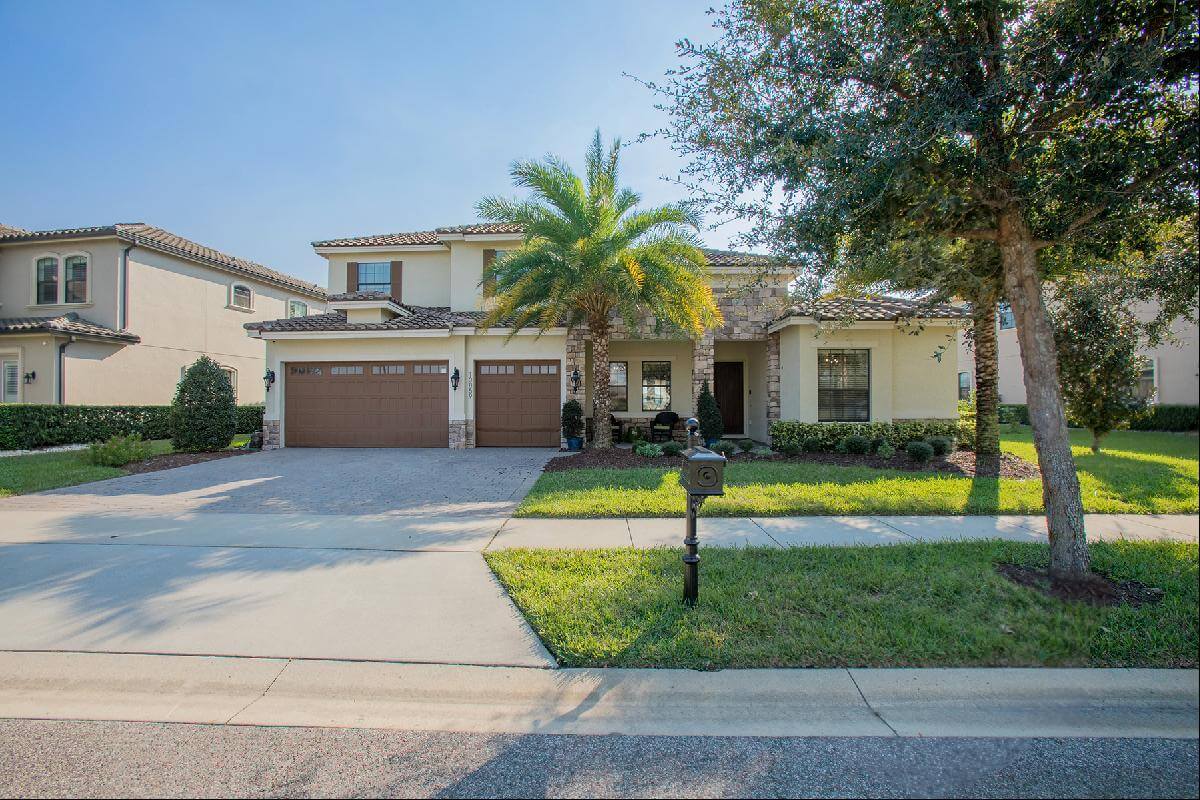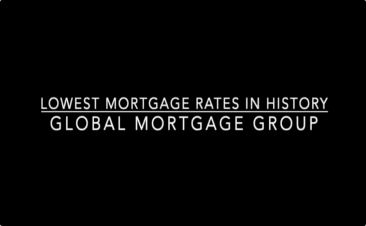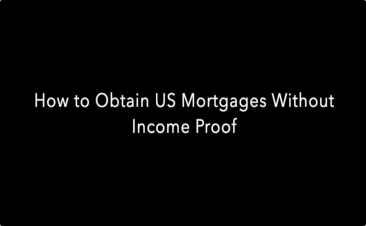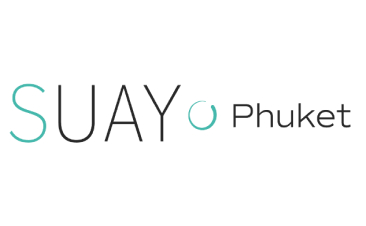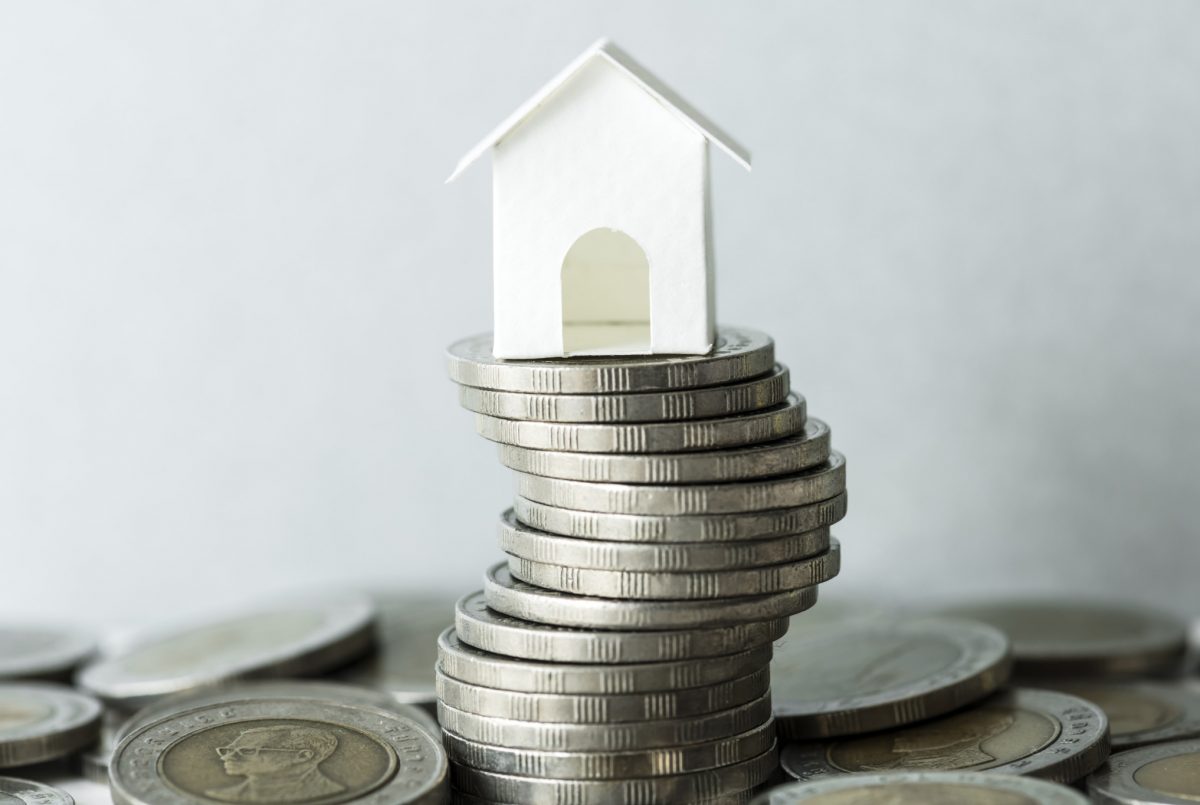A mortgage term indicates the total duration of a mortgage. You will pay the lender monthly installments during this period and finally own the home after clearing off the last installment. The term of a mortgage starts from drawing the funds from the lender institution and ends on the expiry date when you need to repay the lender.
Global Mortgage Group offer loan terms as long as 30 years (for fixed-rate mortgages) and as short as 5 years (for adjustable-rate mortgages). There are even shorter terms available, known as Bridge loans. These special loans can be as short as six months to up to one year and are excellent for procuring immediate cash flow.
Most financial institutions offer these loans to commercial bodies like investors and constructors, but GMG serves individual clients and the guarantee of some form of collateral.
If you can afford the higher monthly installments, a short-term mortgage saves plenty of money down the road. The explanation is quite simple: the longer the mortgage term, the more is the sum of the payable interest. As the interest rate is primarily front-loaded, the interest amount of a 30-year mortgage would be higher than that of a 10-year loan during the early years.
Similarly, ARM is more financially beneficial than fixed-rate loans if you can pay off the loan during the first interest cap. However, fixed-rate loans are better for people with a limited income. So, you should choose a mortgage term carefully, considering your future plans and current income sources.




